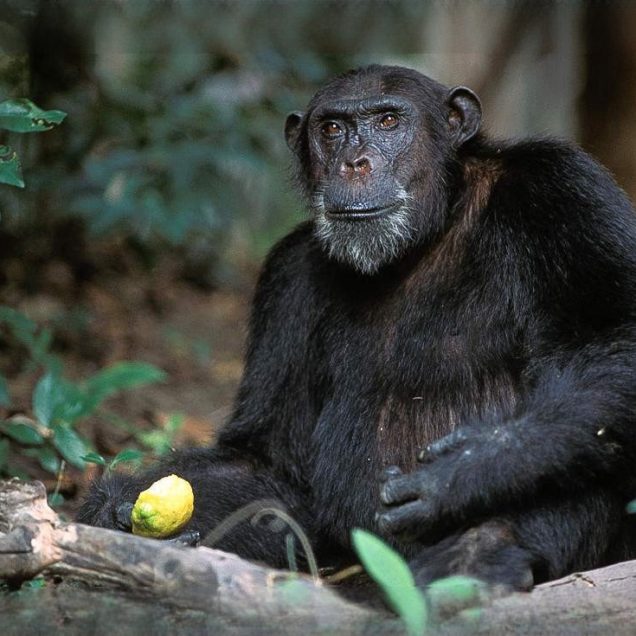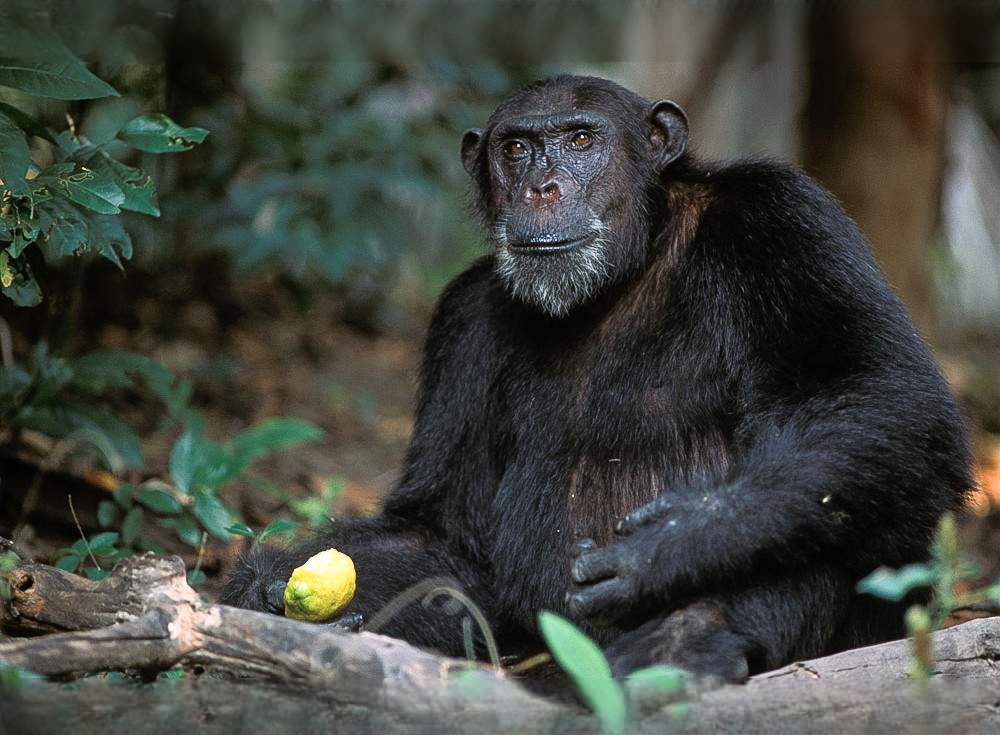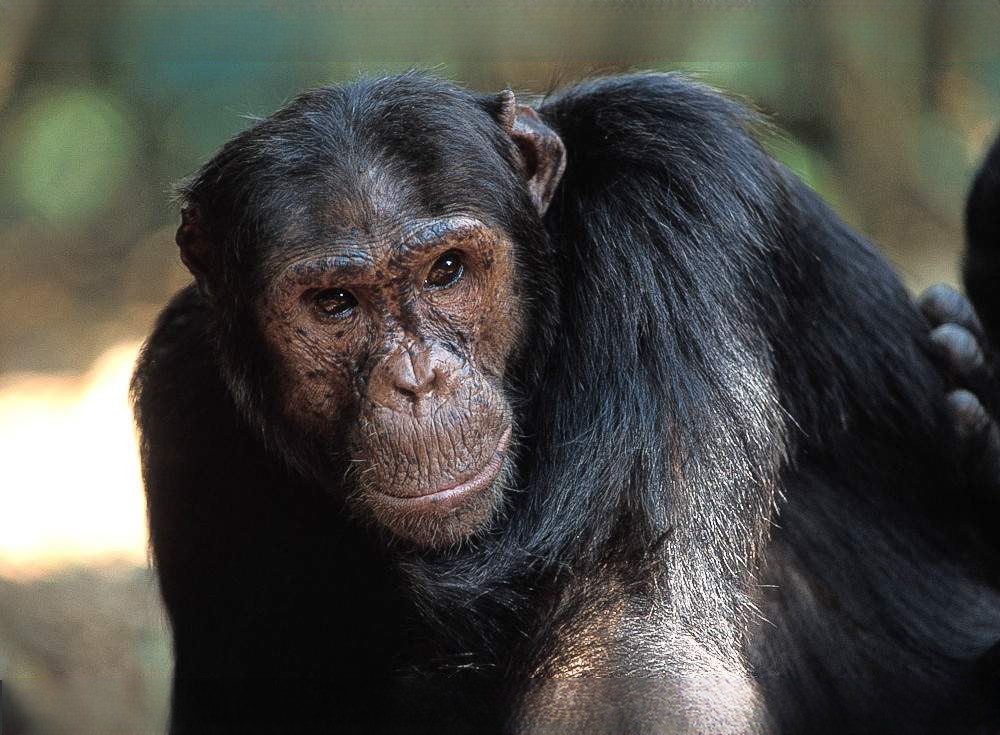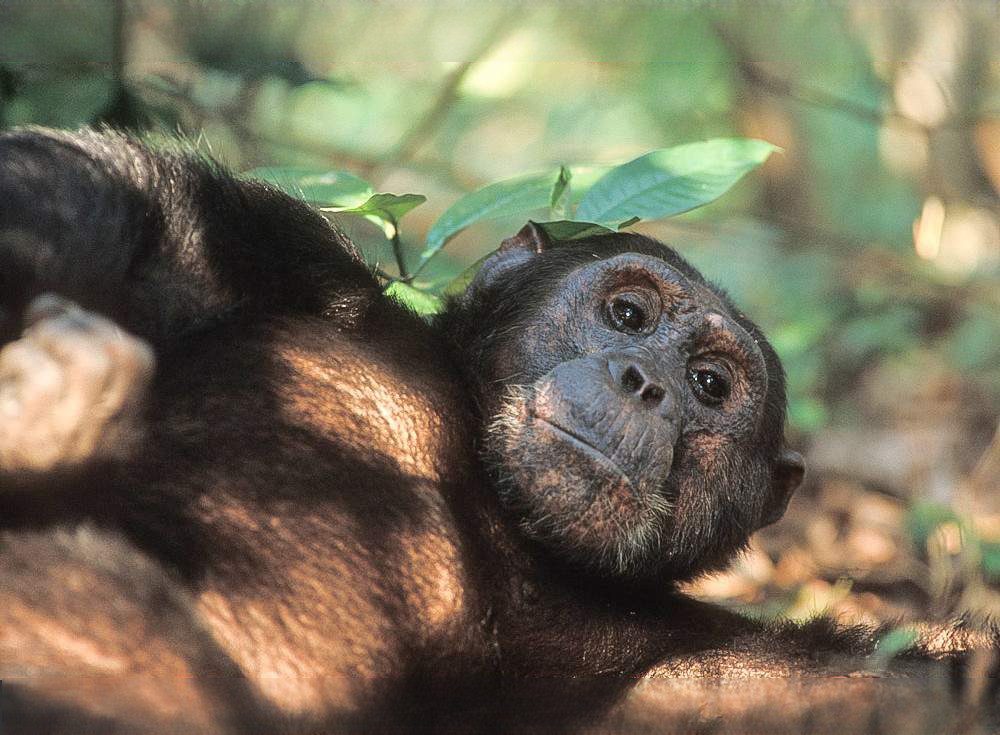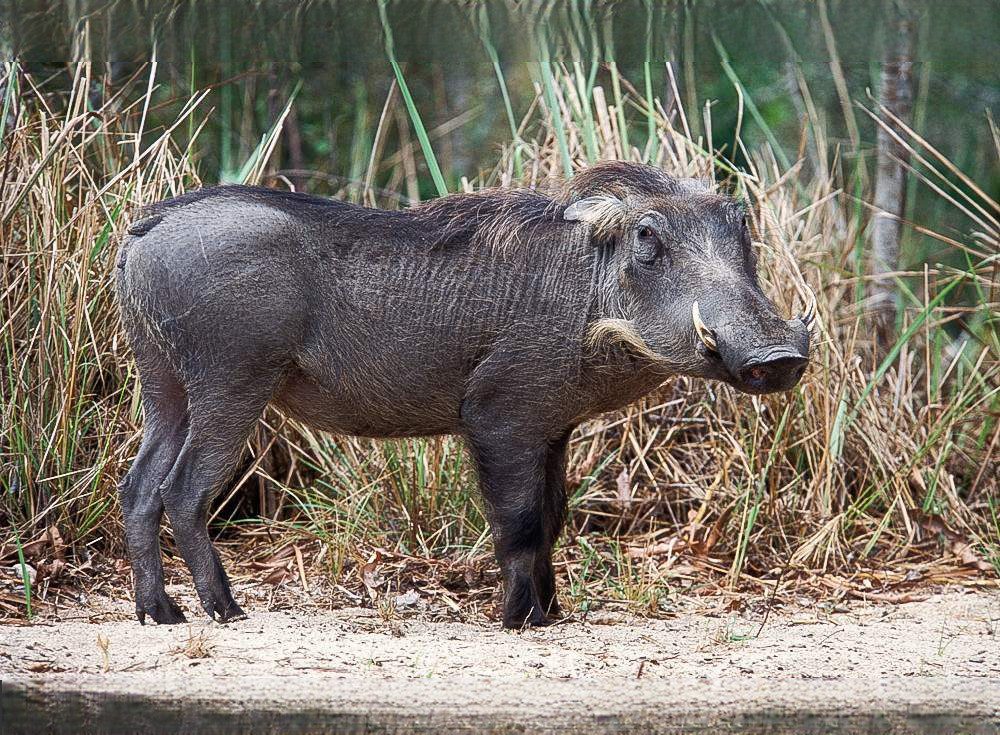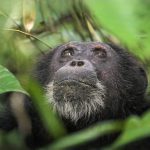GISHWATI MUKURA NATIONAL PARK
Gishwati Mukura National Park has a unique story, biodiversity, and climate, though the newest, smallest, and unknown. It seats on approximately 35sqkm of land, with a wide range of rare wildlife species. Gazetted in 2015, Gishwati-Mukura National Park is Rwanda’s newest national park. It consists of the Gishwati and Mukura Forests, which are about 50km/30mi apart. The area between them has been set aside for reforestation. At this point, only the Gishwati sector, an exciting new chimp trekking destination, is developed for tourism.
Gishwati Mukura National Park is rwanda’s newest national park and its was formally gazette in 2015 under the ambitious landscape restoration program with the main aim of restoring the eco system in the areas through redressing the balance, increasing the number of trees to improve soil fertility, stabilising slopes and regulating stream flow. It is located in the western part of Rwanda and consists of two separate forests with Gishuti as the largest and mukura the small one that form the 34 square kilometer area of the park with the buffer zone.
The main attraction in Gishwati Mukura National Park is the Africa chimpanzees and other primates like l’Hoest’s monkey, golden monkey and blue monkey that are endemic to the Albertine Rift. Other common animals include; tree hyrax and black-fronted duiker.
Gishwati Mukura National Park: The Experience
Gishwati is home to a group of 20 chimpanzees which live alongside golden monkeys, L’Hoest’s and Blue Monkeys. Birds are well represented too, 232 species have been seen at Gishwati and 163 at Mukura, among them Albertine Rift Endemic species and forest specialists. The park is currently part of an ambitious landscape restoration program. Activities in the park are due to begin in 2019 and include a guided nature hike, guided chimp and monkey tracking, bird watching and a visit to the waterfalls.
Between its five primate species and 84 confirmed bird species, Gishwati-Mukura National Park promises a surprising and formidable wildlife experience in the heart of Rwanda. Rwanda Chimpanzee tracking and guided scenic nature walks through its rich canopies open up a domain of primary, degraded, and regenerating forests and a fascinating story behind the impressive conservation efforts still at stake.
Gishwati Mukura National Park: Birdlife
Gishwati Forest offers great birding. More than 150 species have been recorded so far. Approximately 20 of these are Albertine Rift endemics. With a good birding guide who knows the calls, you should be able to mark off many lifers here. You’ll easily spot the great blue and Ruwenzori turacos, and you’ll probably pick up some of the colorful sunbirds too. Also look out for the handsome francolin scurrying away in the forest undergrowth. The birding in Mukura Forest looks very promising, but there are currently no trails yet.
The birding in Gishwati-Mukura National Park is good throughout the year. The best time is from January to June when birds are most vocal. Keep in mind though that April tends to be very wet, so birding activities are more likely to be interrupted by rain and trails tend to be very slippery.

